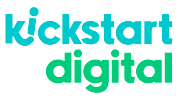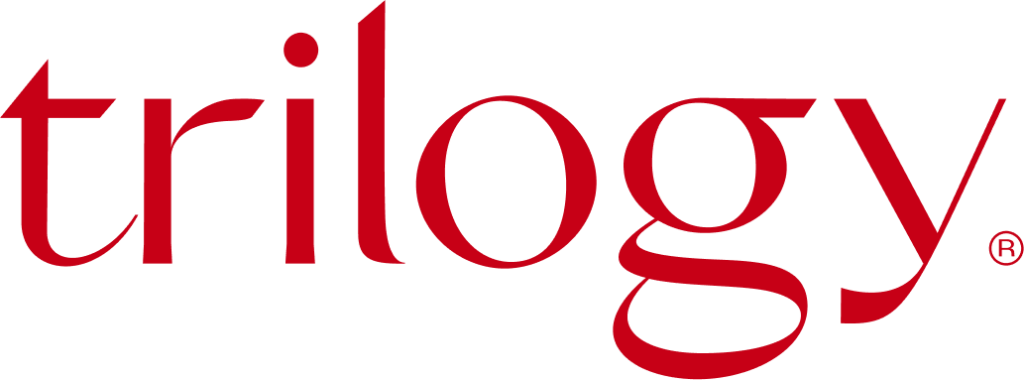Definition
AI-Driven AnalyticsDefinition In SEO, analytics involves collecting, measuring,... in AI Terms in Content MarketingDefinition Content marketing strategically creates and share... refers to the application of artificial intelligence techniques—such as machine learning, natural language processing, and predictive modelling—to extract, analyse, and act on complex content and user data in real time. It goes beyond traditional reporting by identifying patterns, predicting outcomes, and automating decisions.
For a performance marketing agency, AI-driven analyticsDefinition In SEO, analytics involves collecting, measuring,... streamlines campaignDefinition An SEO campaign involves focused, Organised effor... optimisation, automatically adjusting targeting or messaging based on real-time performance trends. A SEO company uses it to evaluate search behaviour, identify high-conversion keyword clusters, and detect algorithmic ranking shifts. Meanwhile, a digital marketing Auckland strategist relies on it to analyse audienceDefinition The term "Audience" refers to the group of indivi... sentimentDefinition Sentiment in the SEO space refers to the emotiona... across blog posts, measure content ROI, and discover untapped growth opportunities.
AI-Driven AnalyticsDefinition In SEO, analytics involves collecting, measuring,... empowers teams to replace guesswork with precise, data-backed decisions—turning content into a living, evolving performance engine.
Example
Let’s say a digital marketing Auckland agency manages multiple client blogs. Using AI-driven analyticsDefinition In SEO, analytics involves collecting, measuring,..., the platform tracks which articles get read most, what time users bounce, and which topics leadDefinition A Lead in the context of SEO refers to a potentia... to conversions.
One client sells outdoor gear. The AI model detects that articles posted on Fridays featuring words like “weekend,” “family trip,” or “nature checklist” drive the most trafficDefinition In the context of SEO (Search Engine Optimisation... and sales. It also spots a dip in performance when blog images are missing alt tags. This insight leads the team to revise their posting schedule and add structured image metadata—resulting in a 24% boost in organic reach in just three weeks.
Without AI-driven insights, such nuanced connections would remain invisible.
Formulas & Data Visuals
AI-Driven AnalyticsDefinition In SEO, analytics involves collecting, measuring,... systems track content performance using statistical and predictive formulas. Here are some common metricsWhat are Metrics in the context of SEO? Metrics in SEO refer...:
| Metric | Formula | Example |
|---|---|---|
| EngagementDefinition Engagement in content marketing refers to the deg... Lift (%) | (Post-AI CTR – Pre-AI CTR) / Pre-AI CTR × 100 | (6.2% – 4.8%) / 4.8% × 100 = 29.2% |
| Predictive Score Accuracy (%) | (Correct predictions / Total predictions) × 100 | (475 / 500) × 100 = 95% |
| Content ROI Ratio | (Revenue from content / Cost to create + promote) | $3,000 / $900 = 3.33 |
| ConversionDefinition In the realm of SEO, Conversion refers to the pro... Forecast Lift (%) | (AI predicted leads – Actual past leads) / Actual × 100 | (600 – 430) / 430 × 100 = 39.5% |
| Bounce Reduction Rate (%) | (Previous bounce – New bounce) / Previous bounce × 100 | (52% – 38%) / 52% × 100 = 26.9% |
These formulas help SEO companies and content teams turn raw behavioural data into clear, actionable growth levers.
5 Key Takeaways
- AI-Driven AnalyticsDefinition In SEO, analytics involves collecting, measuring,... uncovers patterns in content interaction that humans often overlook.
- It helps agencies forecast content performance and shape decisions in real time.
- Performance marketing agencies use it to automate campaignDefinition An SEO campaign involves focused, Organised effor... tweaks and reduce wasted spend.
- SEO companies benefit from ranking predictions, content gap analysis, and better keyword ROI.
- Teams using AI analyticsDefinition In SEO, analytics involves collecting, measuring,... can scale campaigns faster, with more relevanceDefinition In SEO, relevance refers to the degree to which a... and precision.
FAQs
What makes AI-Driven Analytics different from standard analytics?
It doesn’t just report data—it interprets it, predicts trends, and provides smart next steps.
Can AI-driven tools replace marketing teams?
No. They empower teams with better insights, but strategy and creativity remain human-led.
How do SEO companies apply AI analytics in real campaigns?
They use it to monitor SERP shifts, test content clusters, and identify underperforming keywordsDefinition Keywords are crucial for SEO success as they conn....
Are these systems expensive for small agencies?
Many platforms offer scalable plans. The ROI from AI analyticsDefinition In SEO, analytics involves collecting, measuring,... often outweighs the investment.
Does it work with platforms like HubSpot or WordPress?
Yes, most AI tools integrate smoothly with CRMs, CMSs, and ad platforms.




